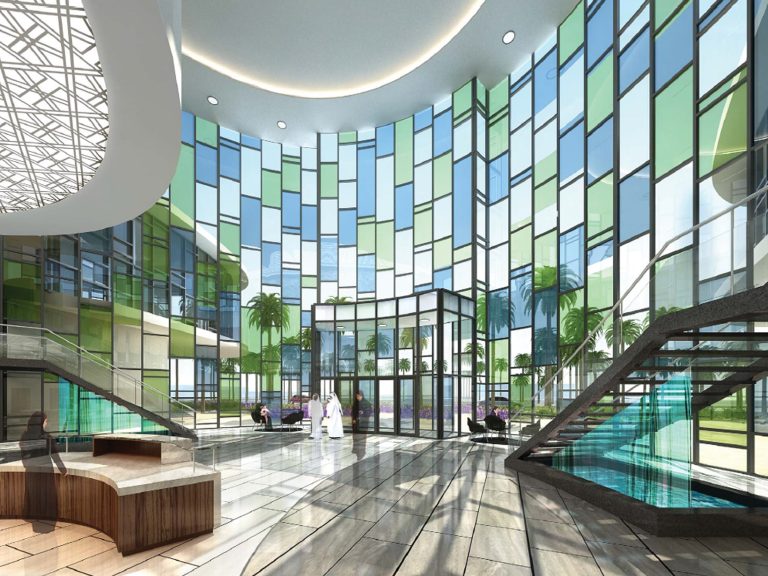One of the greatest challenges of our time is to bring the beneficial experience of nature into the design of contemporary buildings, landscapes, communities, and cities”
– Stephen R Kellert, nature by design.
Doctors’ appointments… fluorescent lights, beeping machines, and the smell of disinfectants floating throughout the hospital; between it all, patients are required to recover in this ‘healing’ environment. Or imagine going to your doctor’s appointment and hearing the soft sound of water running, the smell of nature, and experiencing the same tranquil state as you would when walking through a park. Welcome to Biophilic Design.
Biophilic design has become a popular trend within the built environment, but it’s hardly a new phenomenon. Its application can be rooted throughout architectural history: from the primitive hut, the delicate leafy filigrees of Art Nouveau, to world-renowned architectural landmarks, like Frank Lloyd Wright’s Falling Water House; these have become famous because of the Biophilic approach and elements.
So… what exactly is Biophilic Design?

The term Biophilia was popularized in the 1980s by Edward O Wilson who described it as “the innate tendency to focus on life and life-like process”. To put it simply, humans need and crave a connection to nature to be happy and healthy. Biophilic design is an approach to architecture and interior design that seeks to redefine the built environment as it aims to create a nature-inspired environment; connecting the building’s occupants closer to nature, and creating spaces that inspire and rejuvenate its occupants.
It’s believed that humans’ inherent need to connect to nature is embedded in our DNA and heavily affects our physical and psychological well-being and is crucially important for our mental and overall wellbeing.
In fact, multiple scientific studies have proven this to be true.
Evidence based design has proven that patients who are placed in rooms with views of nature recover faster and require less pain medication than patients who stare at brick walls all day. Furthermore, studies have shown that exposure to nature can reduce stress, anxiety, improve cognitive function, performance, and overall well-being.

As urbanization increases, the natural world decreases; distancing us further and further away from the natural world. Exploring new ways of connecting the built environment and its occupants closer to the natural world is becoming evidently more important. Using Biophilic methods and application to allow people to be continuously connected to nature and creating spaces that are not only functional but spaces that are healing and rejuvenating to its occupants. Thereby creating healthier homes, workspaces, and cities.
